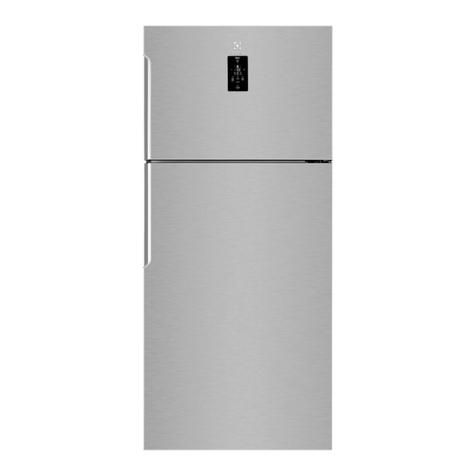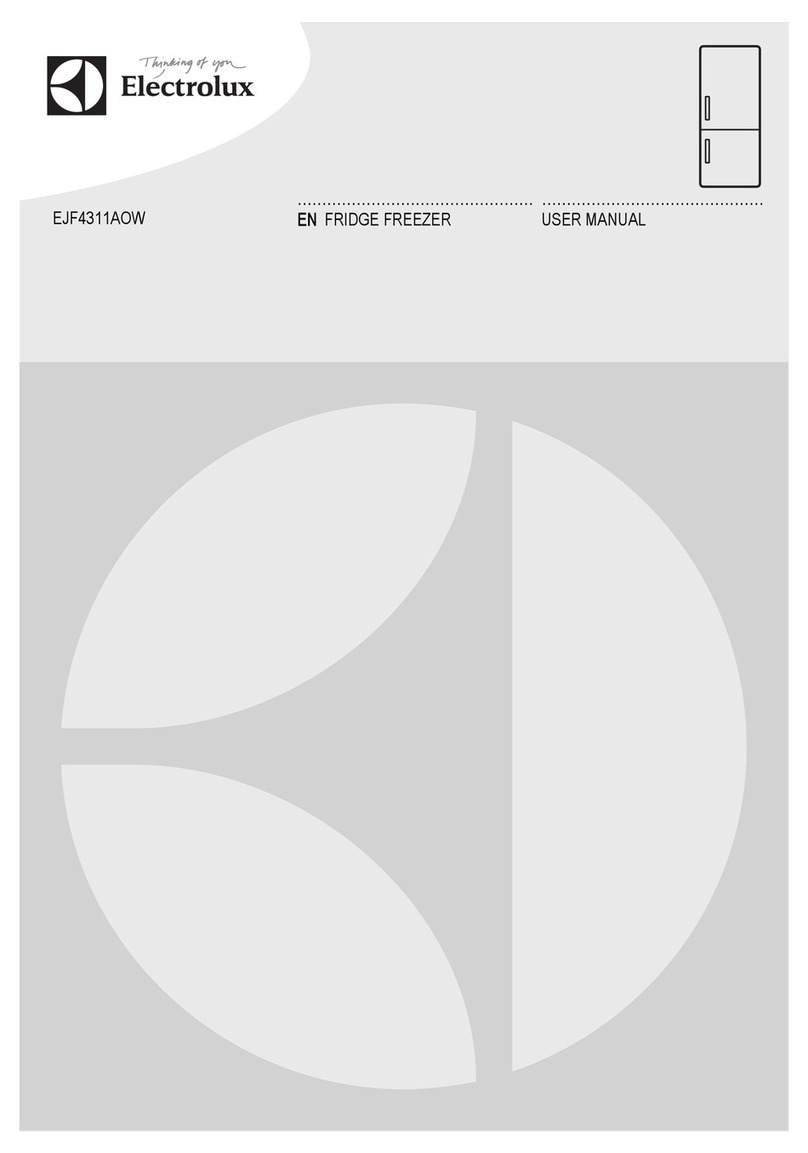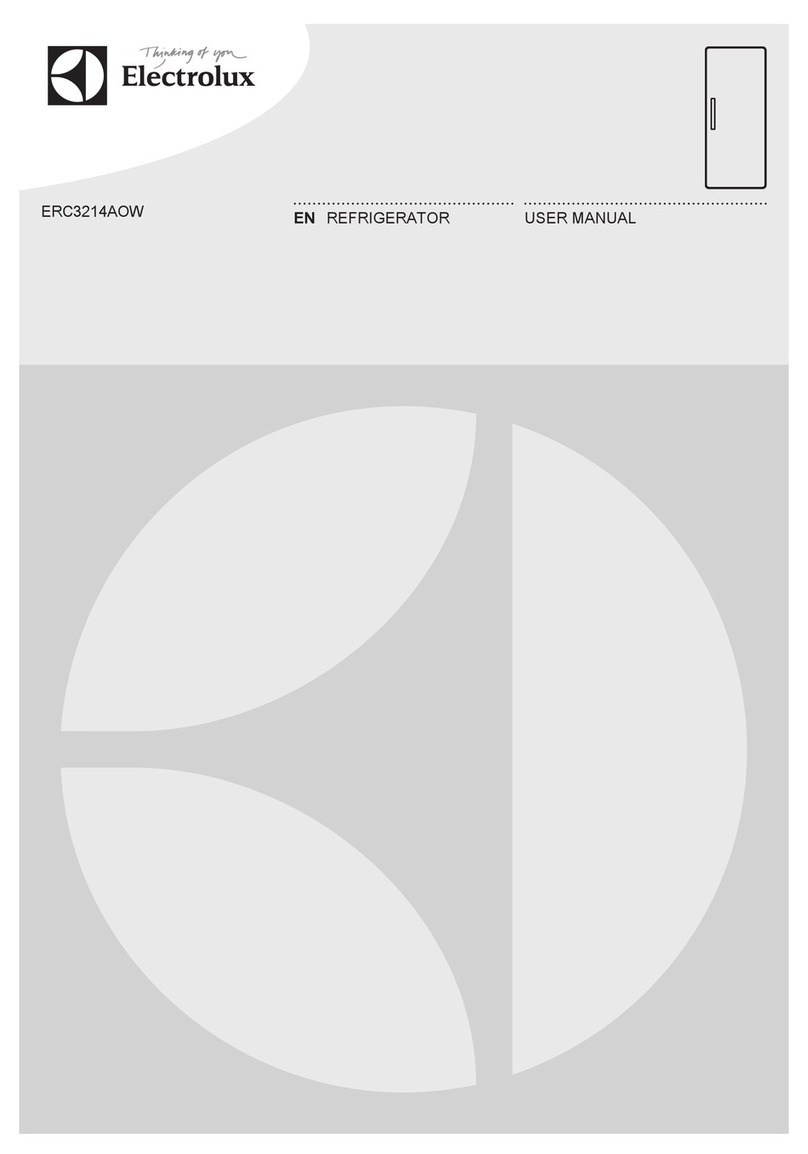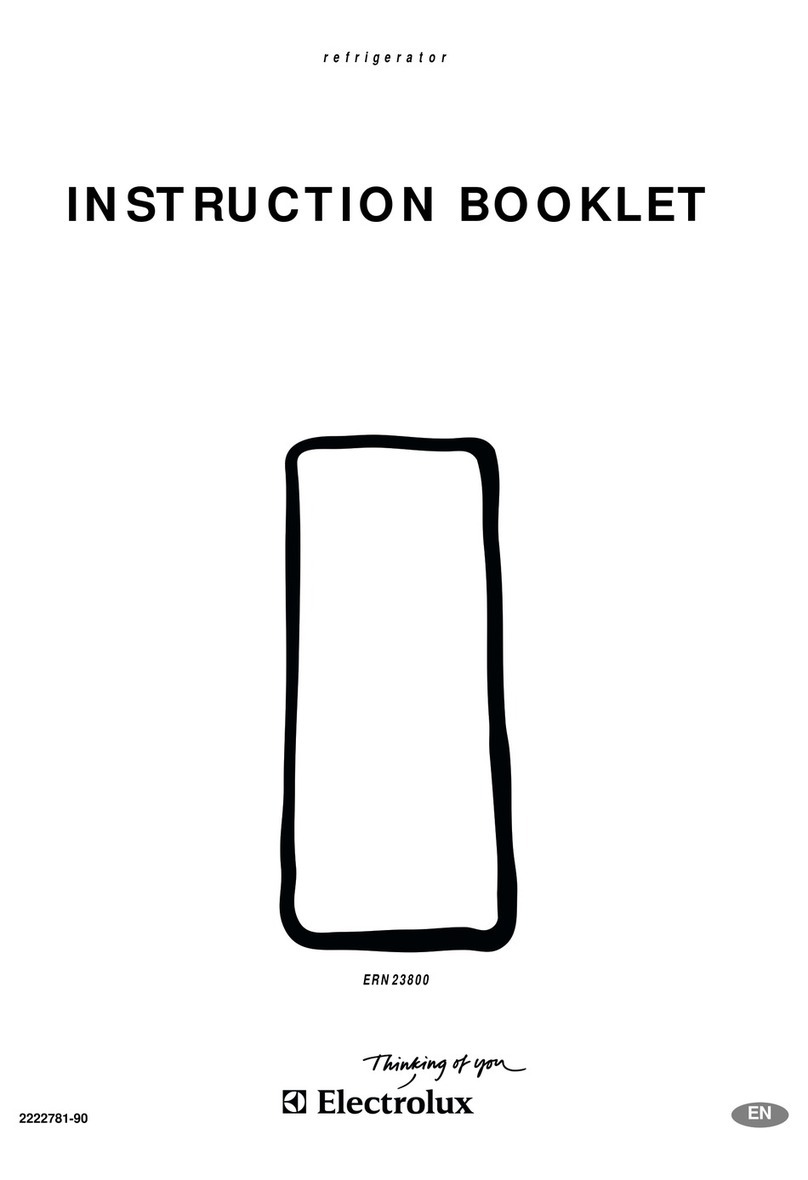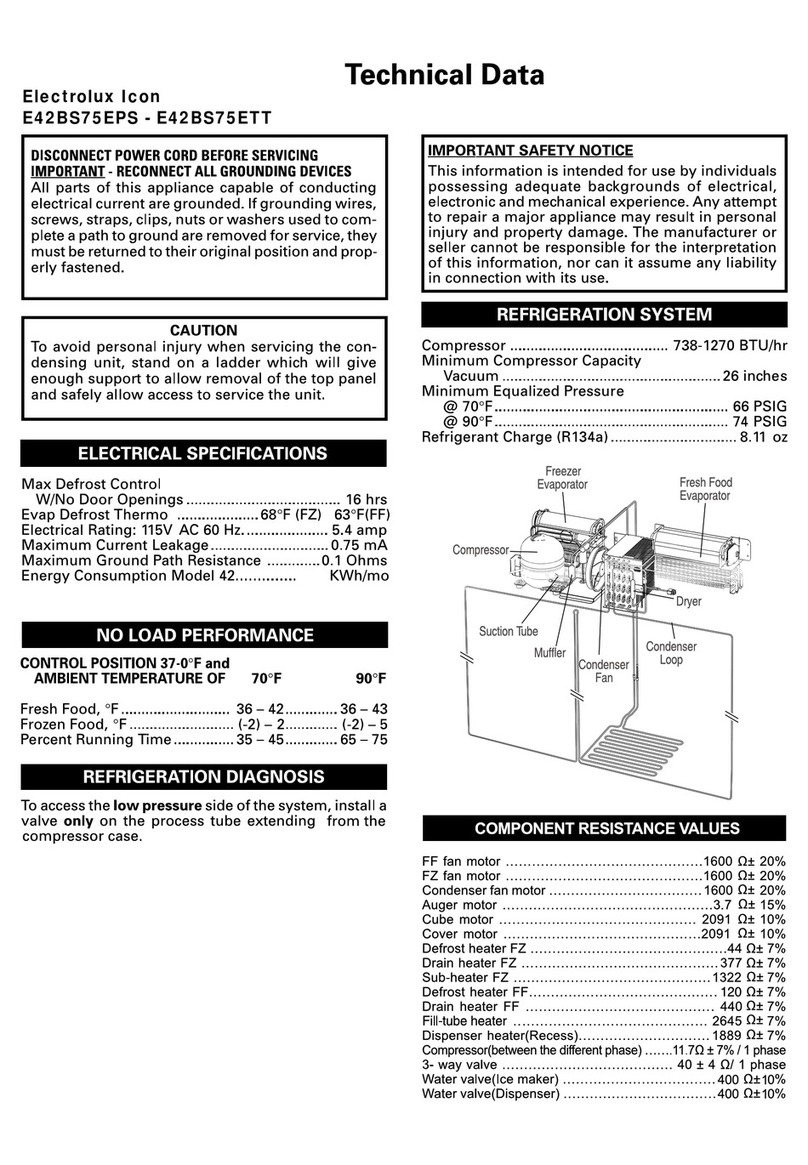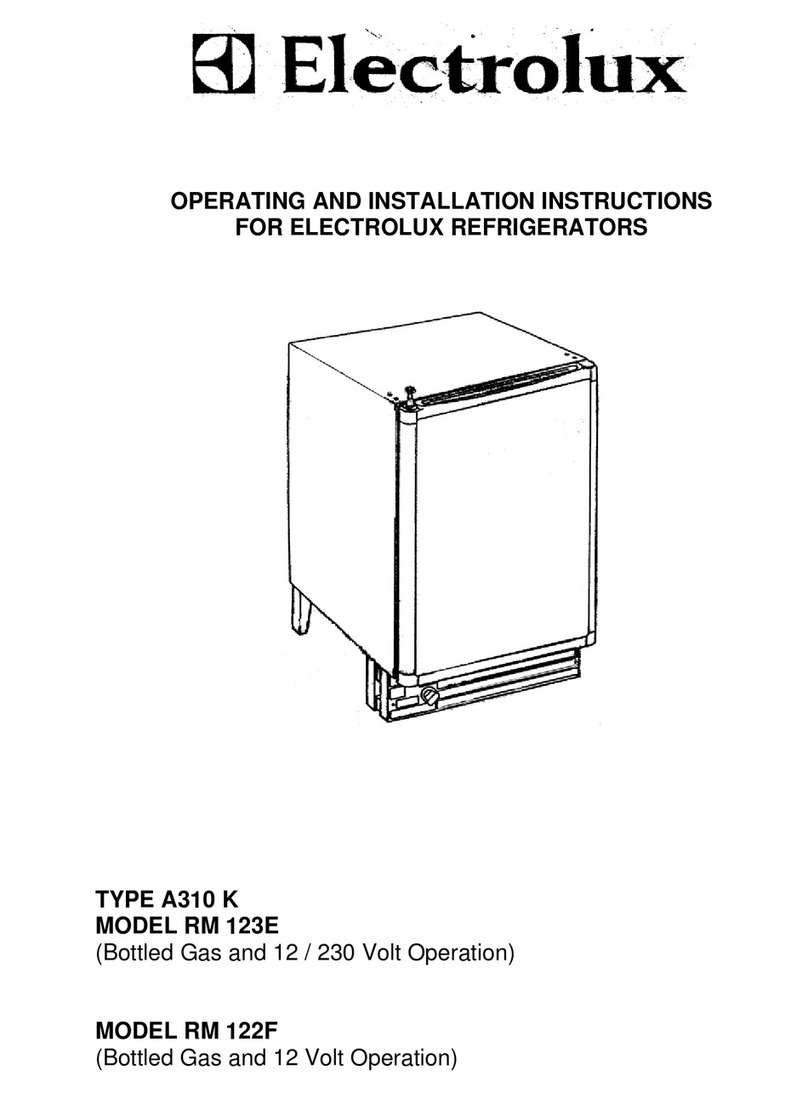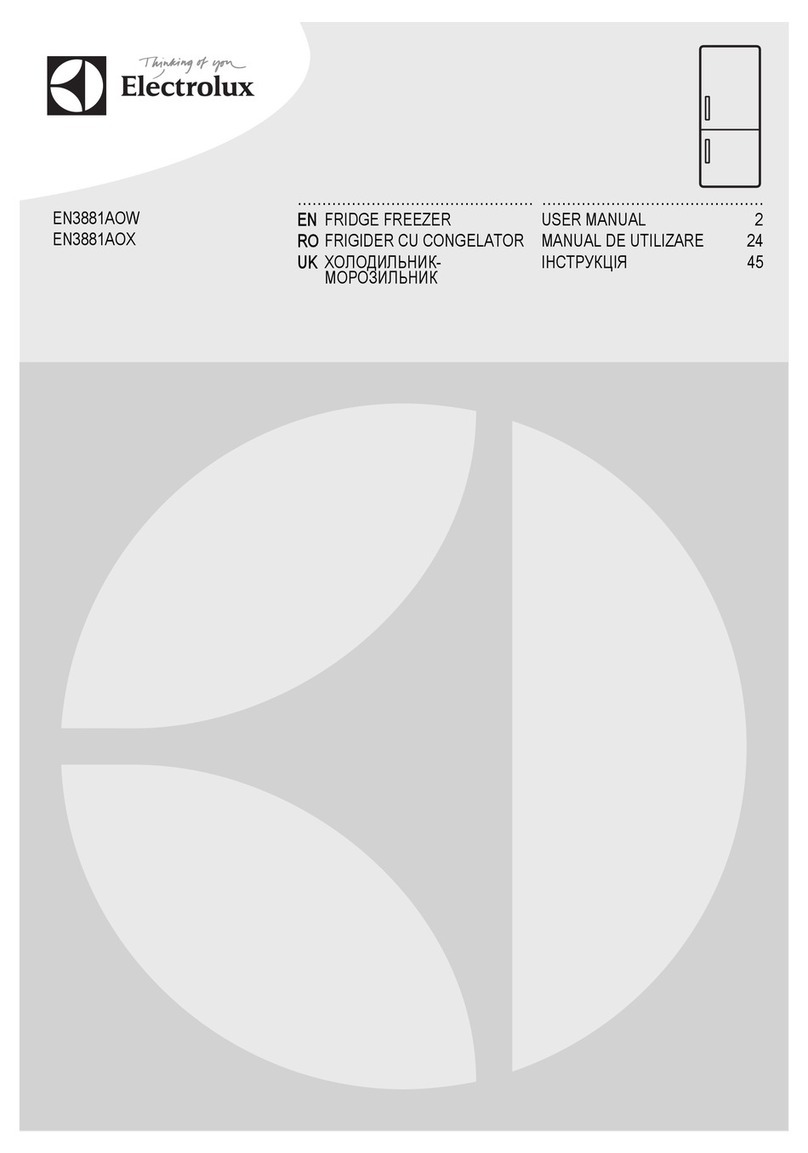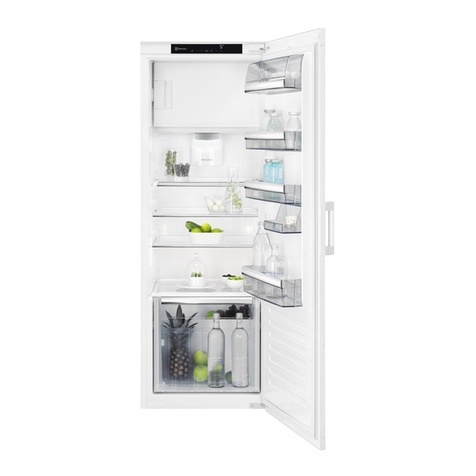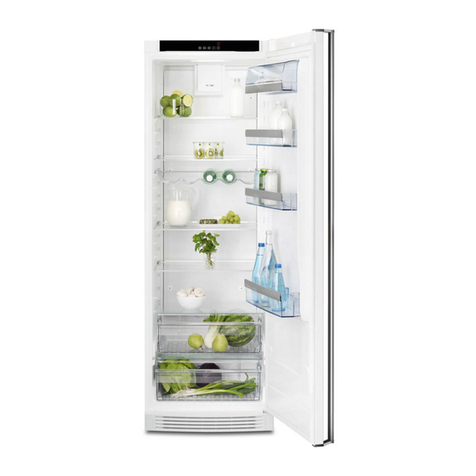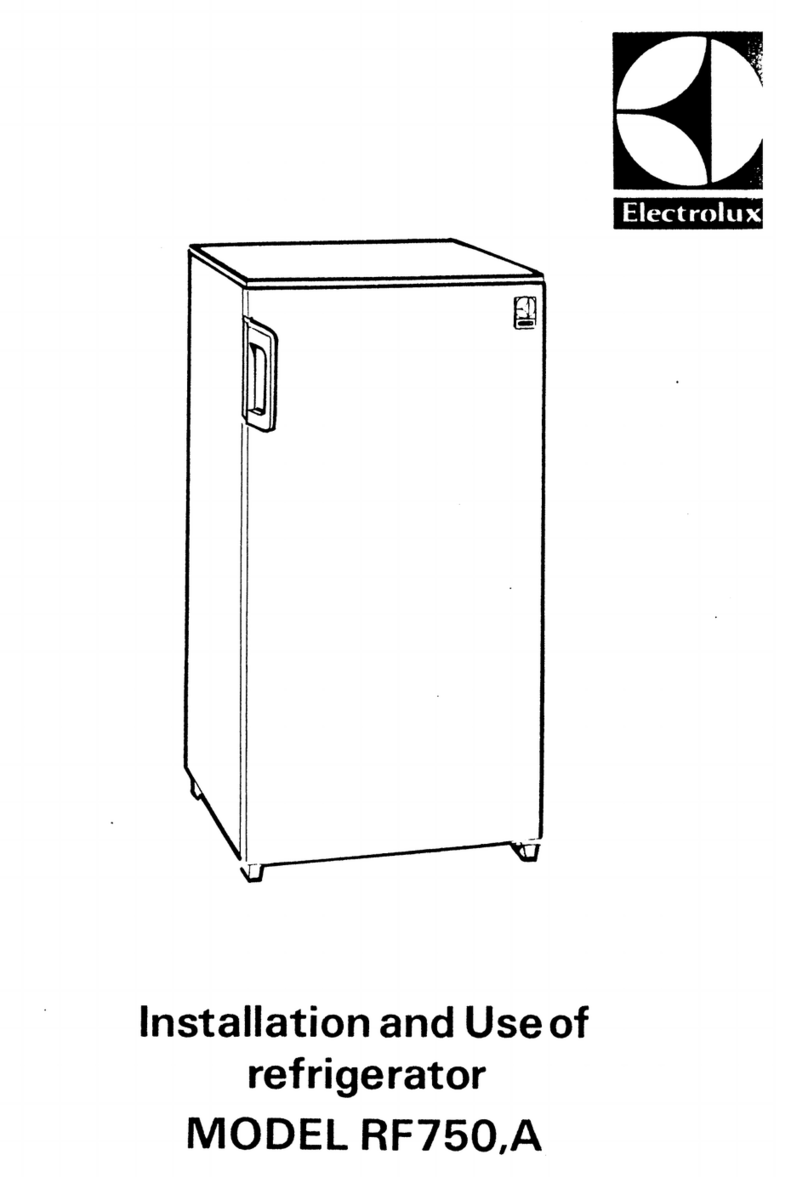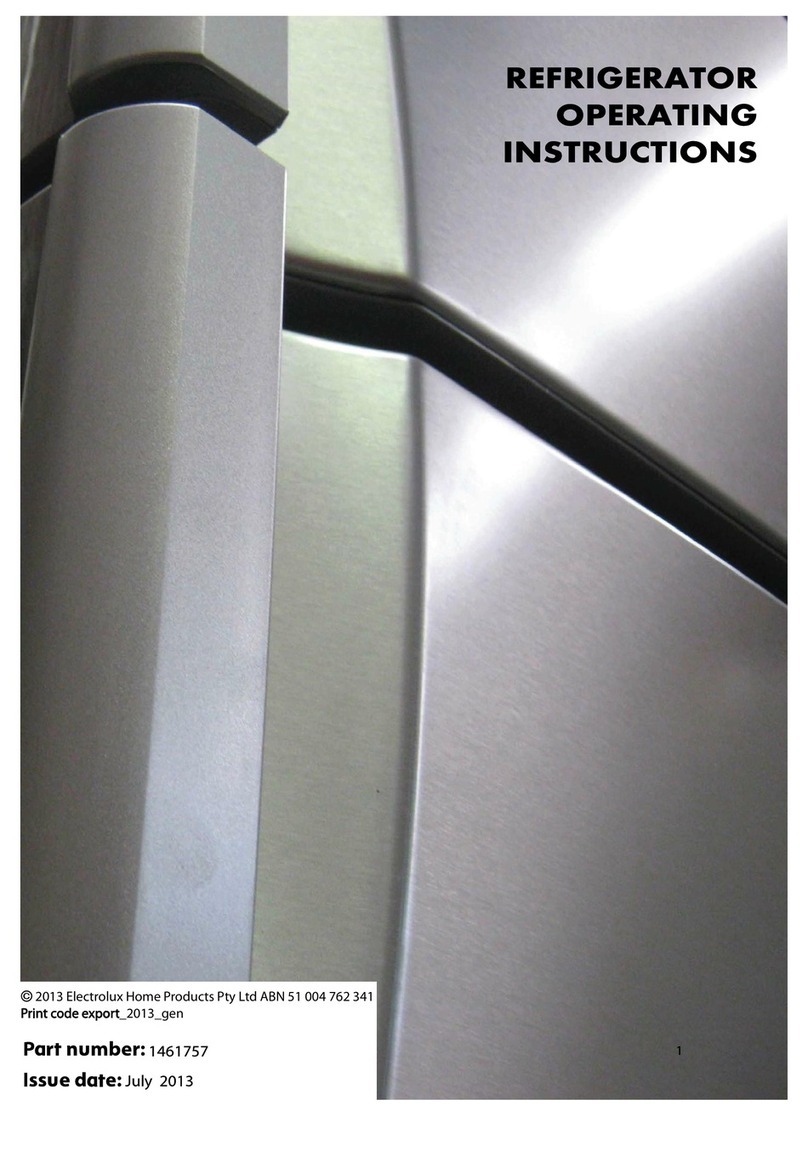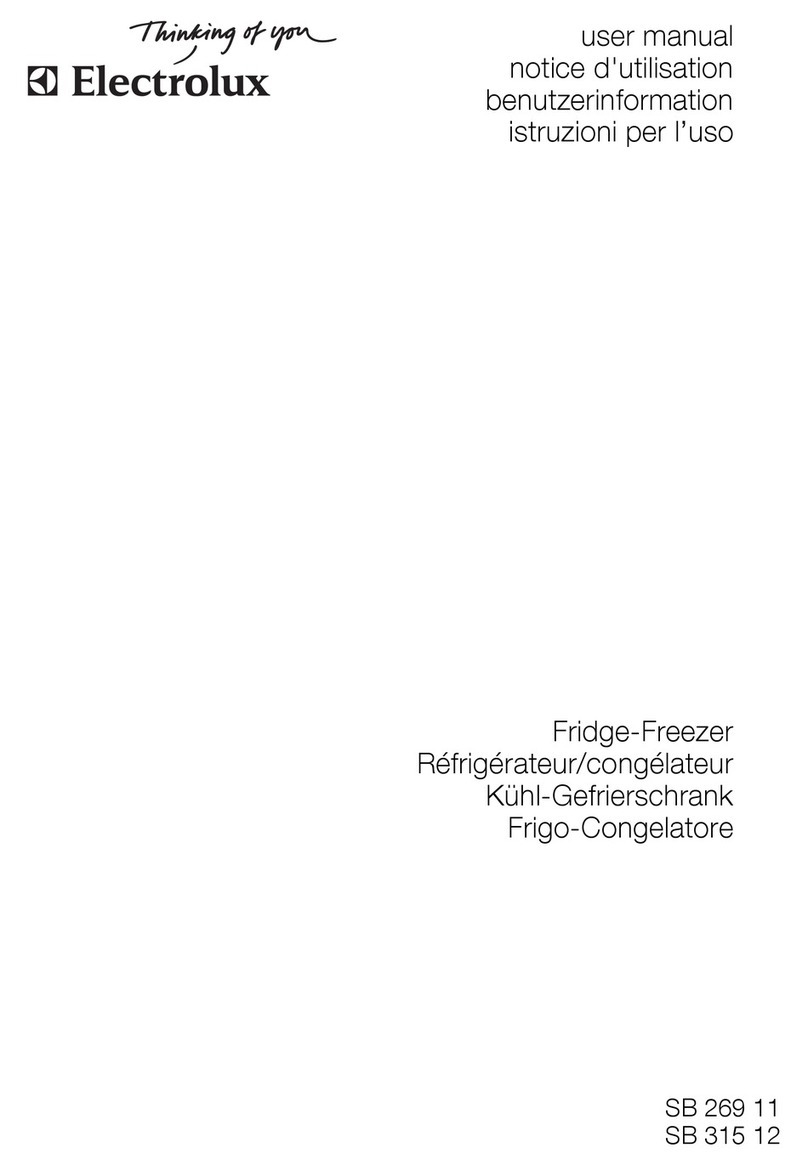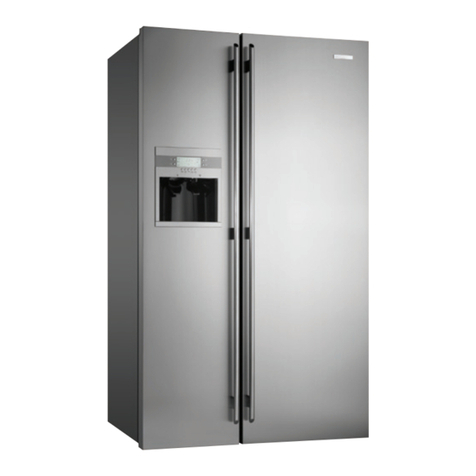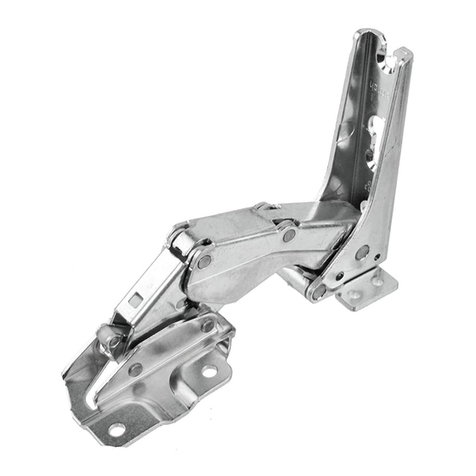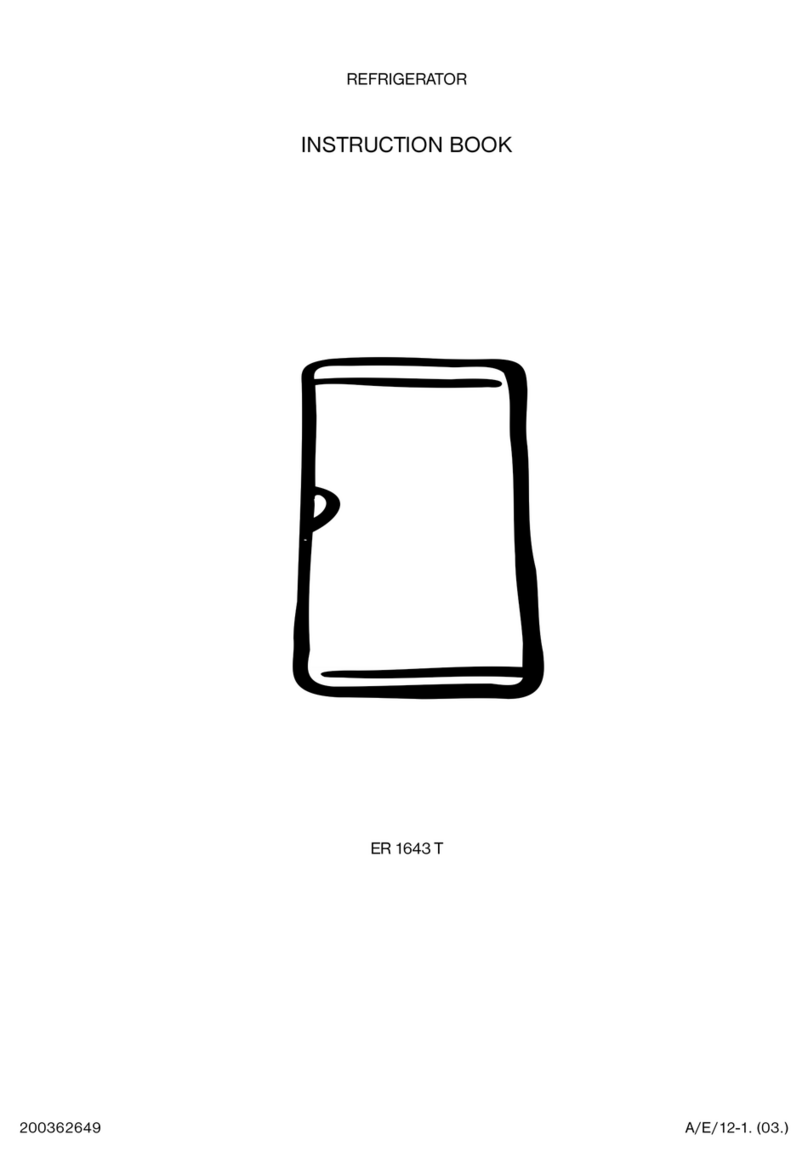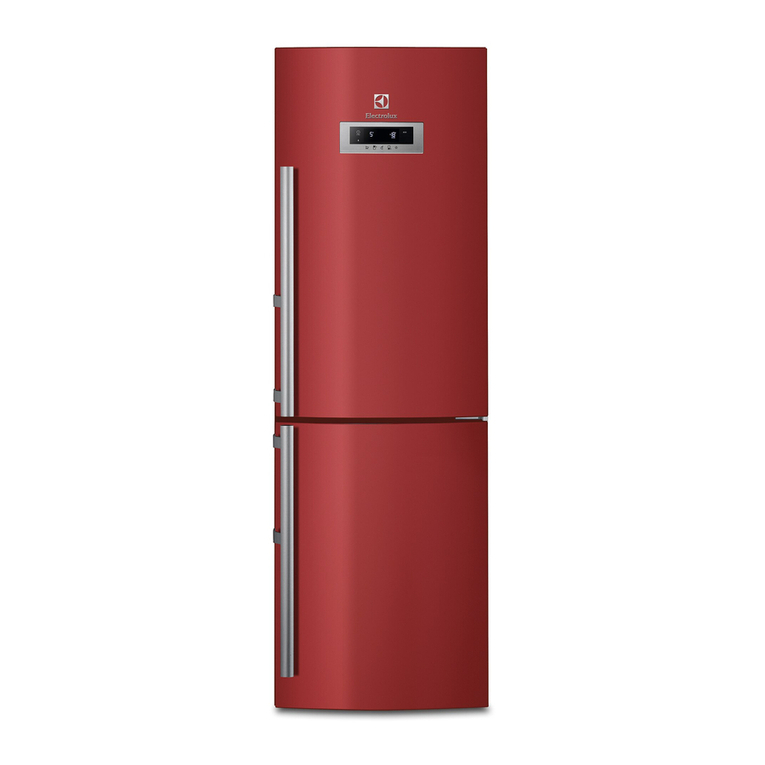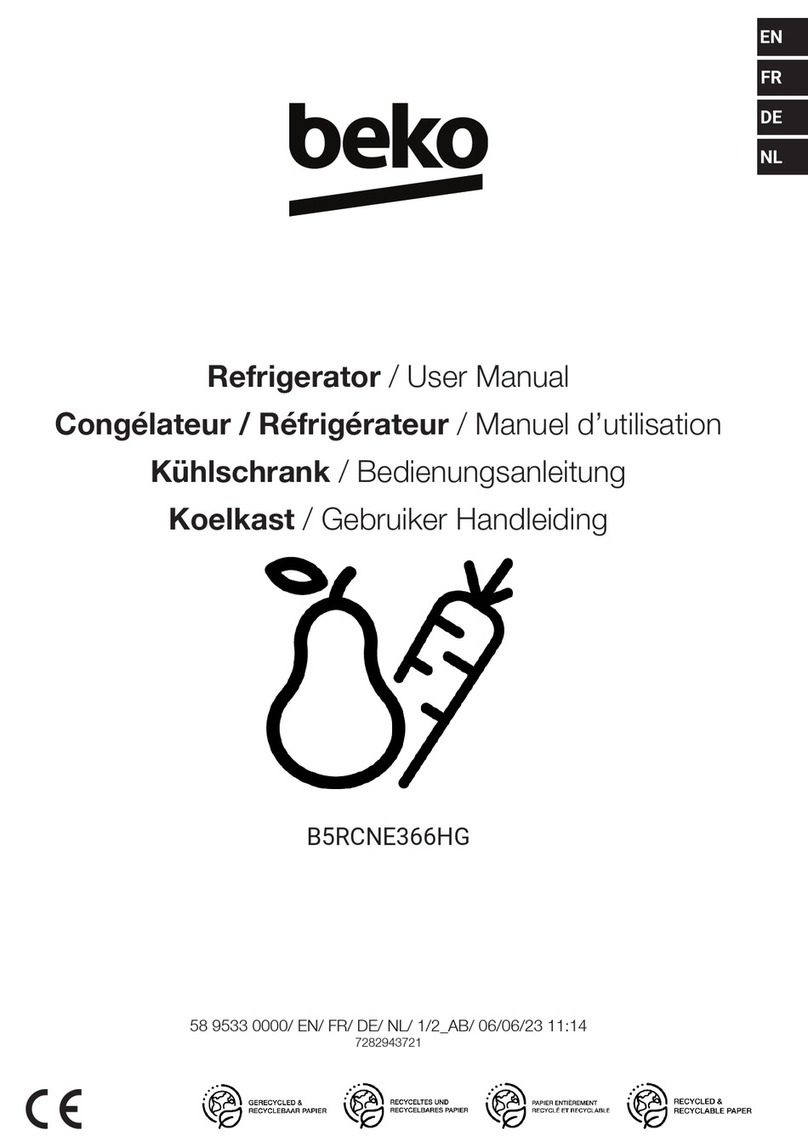
6
CCoonntteennttss
A WARNING AND SAFETY INFORMATION ..................................................................................................7
A.1 General information ......................................................................................................................7
A.2 Personal protection equipment ........................................................................................................8
A.3 General safety .............................................................................................................................8
A.4 General safety rules ......................................................................................................................9
A.5 Technical data ........................................................................................................................... 12
A.6 Transport, handling and storage .................................................................................................... 12
A.7 Installation and assembly ............................................................................................................. 13
A.8 Product loading and unloading ...................................................................................................... 15
A.9 Machine cleaning and maintenance................................................................................................ 15
A.10 Machine disposal........................................................................................................................ 16
B APPLIANCE AND MANUFACTURER'S IDENTIFICATION DATA .................................................................. 17
C GENERAL INFORMATION .................................................................................................................... 17
C.1 Introduction ............................................................................................................................... 17
C.2 Additional indications................................................................................................................... 17
C.3 Intended use and restrictions ........................................................................................................ 17
C.4 Testing and inspection................................................................................................................. 17
C.5 Copyright.................................................................................................................................. 17
C.6 Keeping the manual .................................................................................................................... 17
C.7 Recipients of the manual .............................................................................................................. 17
C.8 Definitions................................................................................................................................. 18
C.9 Responsibility ............................................................................................................................ 18
D TRANSPORT, HANDLING AND STORAGE .............................................................................................. 18
D.1 Handling................................................................................................................................... 18
D.1.1 Procedures for handling operations....................................................................................... 18
D.1.2 Placing the load ................................................................................................................ 18
D.2 Unpacking ................................................................................................................................ 18
D.2.1 Disposal of packing ........................................................................................................... 19
D.3 Storage .................................................................................................................................... 19
E TECHNICAL DATA .............................................................................................................................. 19
E.1 Materials and fluids used.............................................................................................................. 19
E.2 Main technical characteristics........................................................................................................ 19
F INSTALLATION AND ASSEMBLY........................................................................................................... 19
F.1 Introduction............................................................................................................................... 19
F.2 The customer's responsibilities ...................................................................................................... 19
F.3 Machine space limits................................................................................................................... 19
F.4 Positioning................................................................................................................................ 19
F.5 Defrost..................................................................................................................................... 20
G NORMAL MACHINE USE...................................................................................................................... 20
G.1 Characteristics of personnel trained for normal machine use ................................................................ 20
G.2 Characteristics of personnel enabled to operate on the machine ........................................................... 20
G.3 Operator qualified for normal machine use ....................................................................................... 20
H OPERATION ...................................................................................................................................... 21
H.1 Thermometer............................................................................................................................. 21
H.2 Temperature adjustment and inside lighting of refrigerated models with fully insulated door and glass
door......................................................................................................................................... 21
H.3 Loading food ............................................................................................................................. 21
I MACHINE CLEANING AND MAINTENANCE............................................................................................. 21
I.1 Ordinary maintenance ................................................................................................................. 21
I.1.1 Informations for maintenance............................................................................................... 21
I.1.2 Cleaning the cabinet and accessories.................................................................................... 21
I.1.3 Compartment cleaning ....................................................................................................... 22
I.1.4 Precautions in case of long idle periods ................................................................................. 22
I.1.5 Quick troubleshooting guide ................................................................................................ 22
I.2 Repair and extraordinary maintenance ............................................................................................ 22
I.2.1 Periodical condenser cleaning ............................................................................................. 22
I.2.2 Maintenance intervals ........................................................................................................ 22
J MACHINE DISPOSAL........................................................................................................................... 23
J.1 Waste storage ........................................................................................................................... 23
J.2 Procedure regarding appliance dismantling macro operations .............................................................. 23
